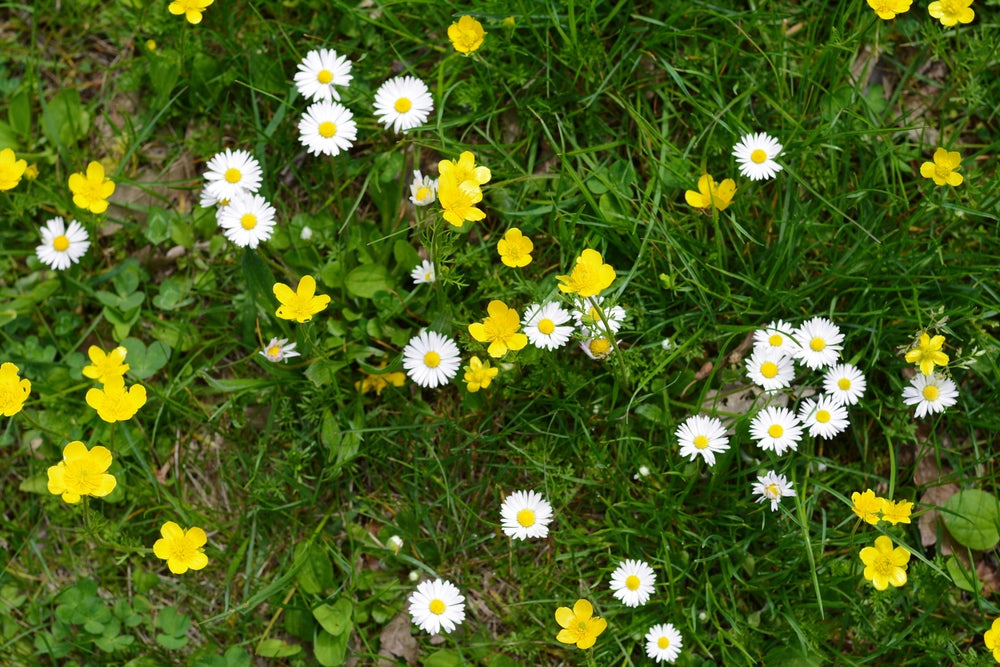Garden trends - rethinking weeds

Plants usually described as weeds are having their moment. Show gardens at the RHS Chelsea Flower Show were full of brambles, dandelions and thistles. Instead of complaining about them, horticultural experts are now singing their praises. Sheila Das from RHS Wisley suggests they should be renamed ‘weed heroes’ or ‘superweeds’ due to their resilience and adaptability.
However, weeds growing in a show garden are very different to encouraging them in our own gardens. They add a pretty, wild and natural feel to gardens, but their adaptability means they have a tendency to take over. It’s worth trying to distinguish between those that will add beauty to the garden and invasive weeds that will just add stress. It’s personal taste, but there is a bit of a weed pecking order with Japanese knotweed, couch grass, ground elder and bindweed with its white trumpet flowers at one end of the scale, dandelions, nettles, herb Robert somewhere in the middle and pretty things like forget-me-nots, red Valerian, primroses, native bluebells, violets and even daisies, at the other end.
And what makes a weed anyway? It’s usually just a plant that pops up unexpectedly and is often unwanted and self-seeds or spreads profusely. But if you like it, why not encourage it? Wild carrot (Daucus carota) and yarrow (Achillea millefolium) are pretty umbellifers. Self-seeded poppies add pops of colour and common knapweed (Centaurea nigra) with its thistle-like flowers looks great in long grass. I’ve been encouraging daisies and buttercups in my lawn, cow parsley (Anthriscus sylvestris) at the back of my garden and Linaria purpurea (toadflax) with its fine purple spires in the front garden. They may become weeds, but at the moment, I love them!











